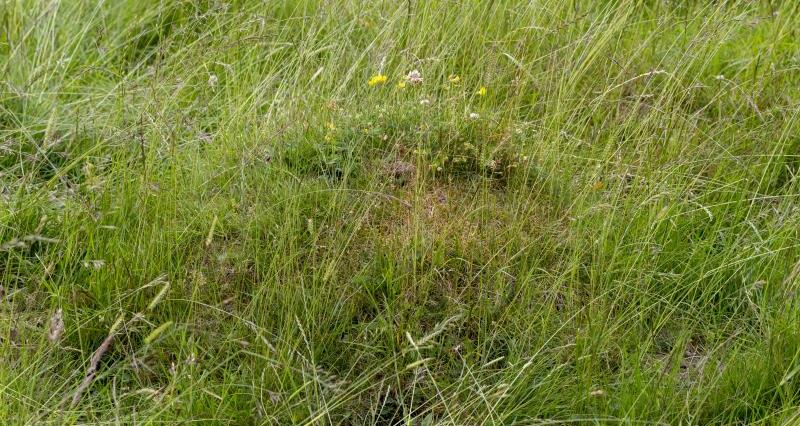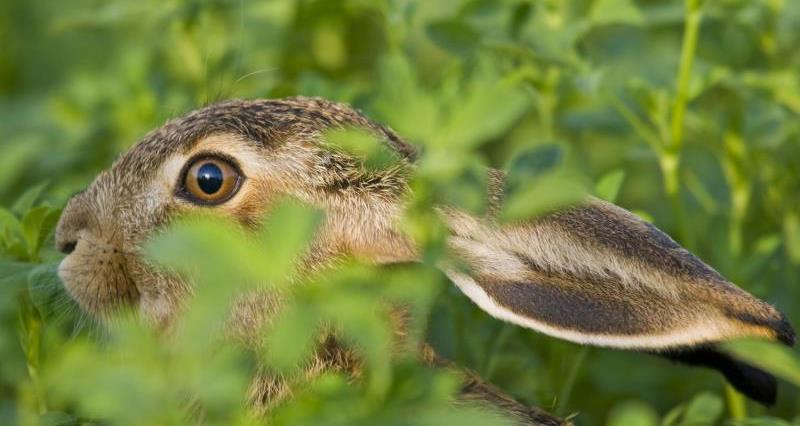Grassland
On grassland, give priority to areas that have not been heavily improved, for example through re‑seeding or nutrient inputs. Under the right management, such grassland can benefit wildlife, provide carbon storage and protect water.
Flower‑rich grassland or wet grassland are a very high priority and can also often be supported by agri‑environment funding – seek advice from an environmental adviser.

Arable
On arable land, consider where you can use unproductive land to create new habitats that complement what you already have.
Are there awkward corners and difficult boundaries to cultivate on your farm? Take them out of production to work for wildlife. This could:
- Make field work more efficient
- Provide buffers to important habitats
- Provide habitat for butterflies, bees and bats
- Provide linking corridors between habitats on your farm

